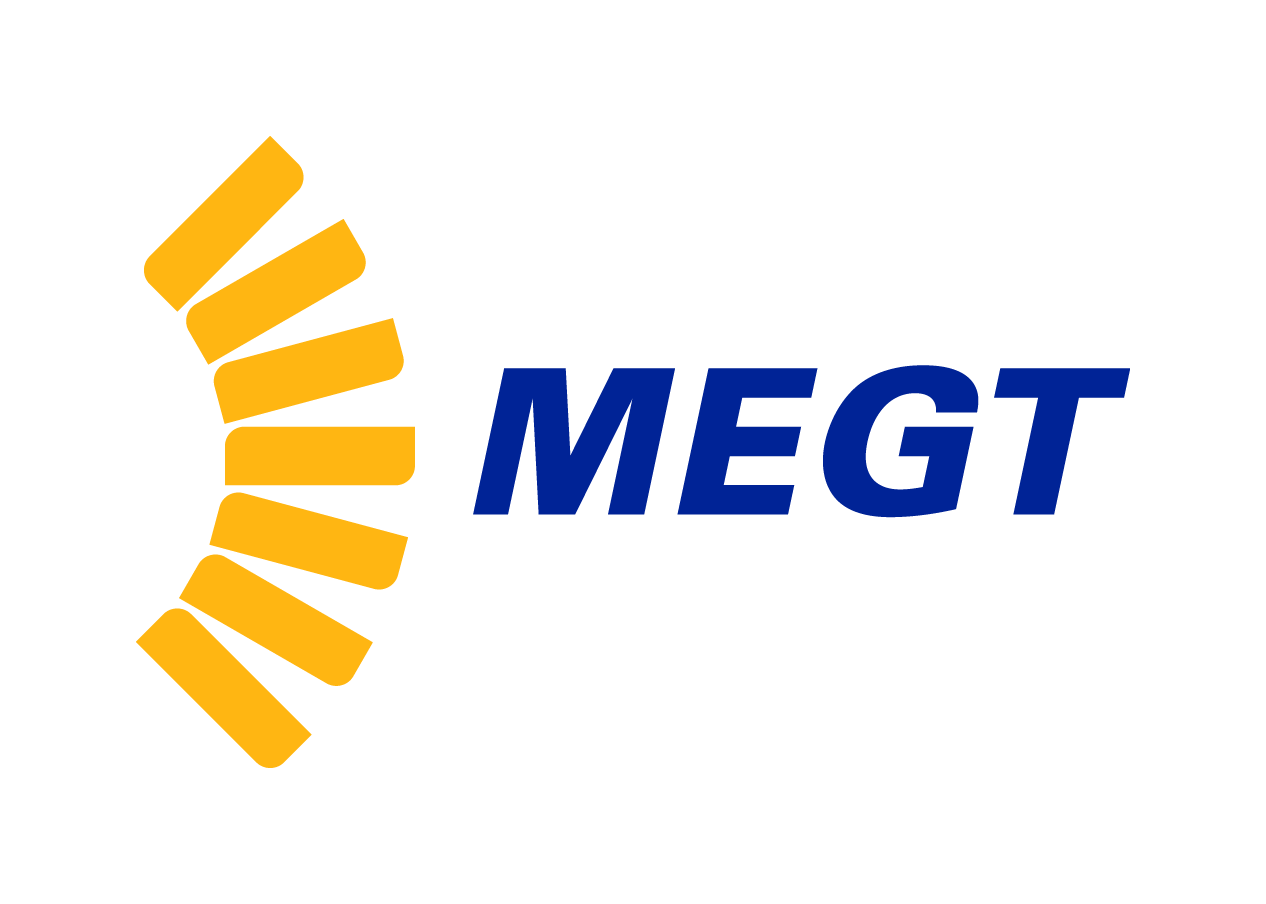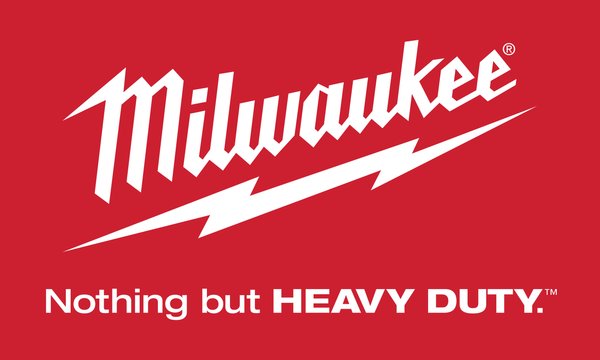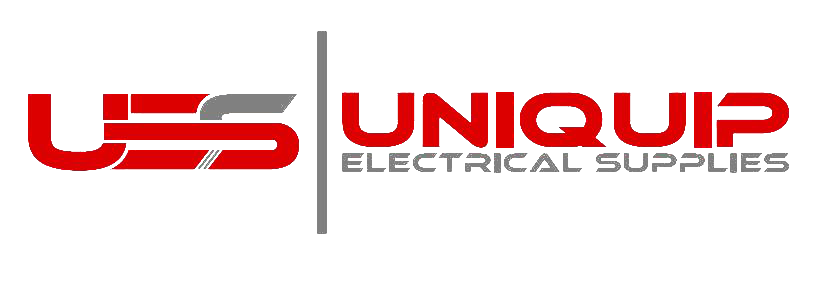Power Tools Part 1 - The Hole Saw

Welcome to part one of our three-part special on power tools!
It’s no secret that power tools are used by just about everyone in the industry. They help you complete your work faster, make your work easier to complete, and make your handiwork more accurate. But, they do have a negative side.
Due to the way that power tools work, there is a risk of harm being done to the user – especially if the tool is used incorrectly.
So this week, and over the course of the next few weeks, we will be looking at specific incidents involving power tools, and sharing some helpful tips for you and your mates to stay safe whilst using power tools.

Case 1: The Hole saw
In the first of our cases, an apprentice did some serious damage to themselves by improperly using a hole saw. This involved damage to the apprentice’s hand and thumb, and saw the apprentice visit the Emergency Room for a significant amount of time.
Whilst the apprentice has made a full recovery, there is some scarring on the apprentice’s hand. This however is a mild example of the potential outcomes for incidents with hole saws – which can range from sprained wrists through to loss of digits.
There is a correct way to use a hole saw, and there are also a few things you can do to mitigate your risk of injury whilst using them.
- Ask yourself – do I NEED a hole saw?
If you’re drilling a hole (especially in timber) up to about 35mm in diameter, there may be better and safer options available – for example spade or speed bore bits. Assess what you need to do the job properly before just grabbing the first thing that comes to mind. - Use sharp tools!
Don’t use blunt tools. Not only will this make the job take longer, but they have more chance of catching and binding, which might twist the drill and damage your hands – or face. - Try to avoid the tool binding
Binding is impossible to predict. But, if the tool does bind, the drill can spin around damaging your hand by stretching or moving digits or wrists in the wrong way, or even hitting you. Keep a firm grip on the tool itself, and if you feel it start to bind, let go of the trigger immediately. - Bore a Pilot Hole
Pilot holes can be made with either the pilot hole bit that screws into the middle of the hole saw, or by using an appropriately sized bit prior to drilling the hole. This ensures that the hole saw cannot slip whilst you’re operating it. - Make sure you’re straight on
If only to make sure that you’re drilling a straight hole through whatever it is that you’re drilling into, make sure all teeth of the hole saw are able to contact the surface at once (if drilling a flat surface). This will help to prevent the drill from twisting in your hands. - Start slow, and increase your speed
Start slow, and once the teeth have cut through a few millimetres of material, increase your speed slowly, and place even firm pressure across the drill. Don’t forget to back the saw out occasionally to clear any debris from the drilling process which could cause the saw to bind. - Use a side handle for better grip and control.
If your drill has a side handle, it is advised to use it to have better control over the drill itself. This can also be handy if the hole is quite deep – like a double joist for example. If it is a particularly deep hole, you can use a chisel to remove the plug, and continue on.
Whilst none of the above will guarantee you’ll be completely safe from harm, the tips outlined will certainly help you mitigate your chances of being damaged or hurt by your hole saw. Whilst some of the tips above may seem obvious, they serve as a great reminder to keep your tools in check, and to think about what you’re doing.
Stay tuned for our next part of the machinery and power tools specials on our Look Twice, Act Once campaign!
















